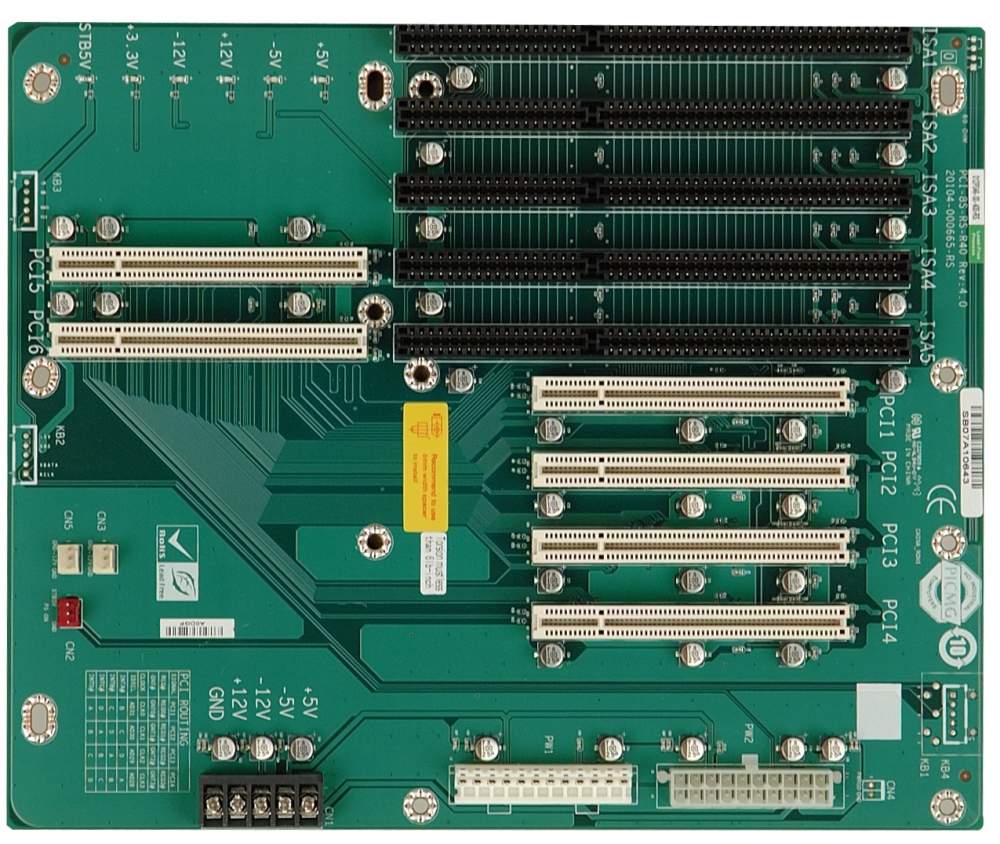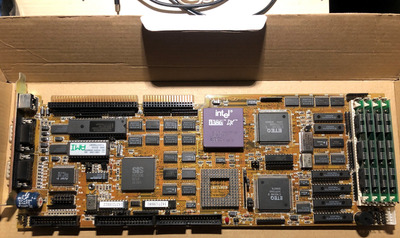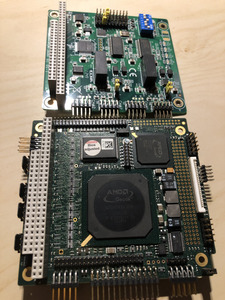Hi there!
I'm no expert, but I think you're right.
The computer card is heavily limited by the ISA bus.
That's why most important I/O ports like IDE/SCSI, floppy and maybe ethernet are on the card itself.
That way, the ISA bus isn't being slowed down and freed for its main task.
And that task is interfacing industrial or scientific controller cards, I believe.
Because, if we look the other way round,
then these single board computers do lower the burden of the ISA.
So from an controller card's point of view, it's not ISA that's the bottleneck.
It rather is the standard PC that usually takes away the bandwidth from it.
Another feature of such a "PC on a card" is its serviceability, also.
It can be removed and "upgraded" (replaced) in no time.
All the expensive ISA cards can stay in the backplane.
But yeah, I know it seems still wasteful.
A PCI card seems more logical. And they exist, also.
But there's a problem. Professional cards atnthe time were often made inhouse, with discrete parts.
A stident or prof at an university or lab had the know how to design an ISA card with bare hands and a vero board (a bit exaggerated, I know).
Likewise, PC magazines of the 80s and early 90s did publish photo copies of ISA card PCBs for etching at home (mostly 8-Bit cards and single/double-sided).
Not so much for PCI cards, if at all. Like USB vs serial/parallel/gameport, PCI was less used by tinkeres.
Because it needed a special bus interface chip.
By contrast, a few discrete, 1970s chips for address decoding was all it needs for ISA.
With them in place, it's possible to drive a transistor, relay, lamp by merely flipping the status of an i/o port.
"Time, it seems, doesn't flow. For some it's fast, for some it's slow.
In what to one race is no time at all, another race can rise and fall..." - The Minstrel
//My video channel//





